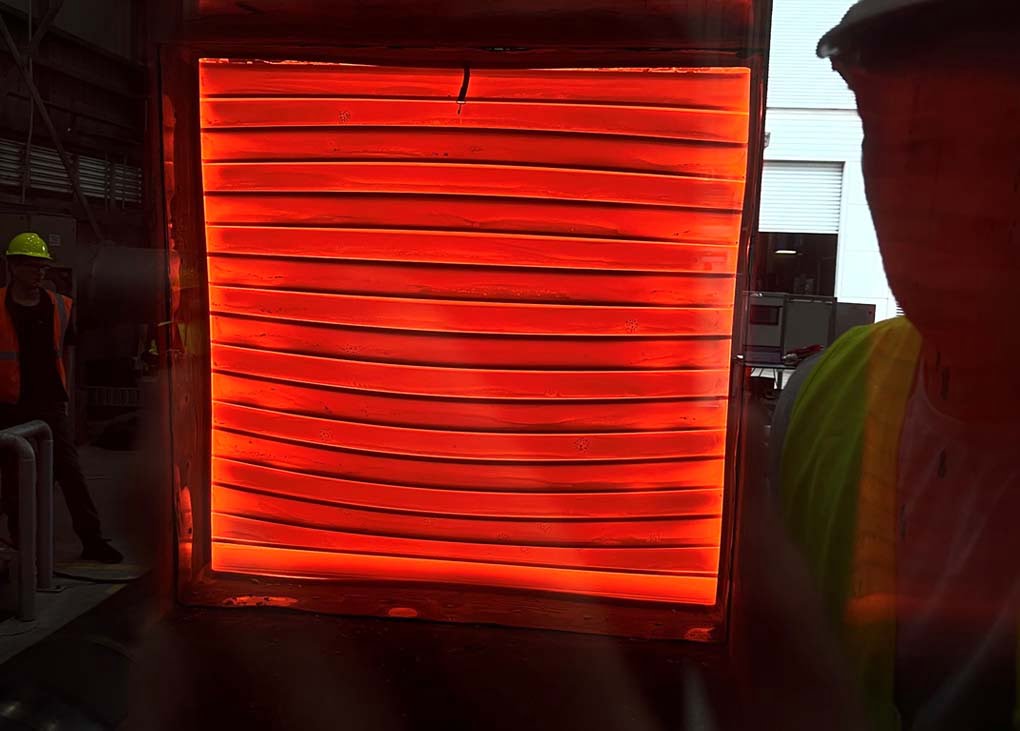A small note to the schedule of referenced documents in the National Construction Code that is set to activate on May 1 could cause big non-compliance risks with fire dampers, according to some industry sources.
The issue relates to the testing standard AS 1530.4 for fire dampers called up in the National Construction Code (NCC). All new fire dampers subject to this standard must have a valid test certificate, regulatory information report or assessment report that is based on the latest standard.
Although the standard was last revised in 2014, due to the challenges of redesigning products and retesting them – as well as the associated cost – a “grandfathering” rule has been in place, allowing previously tested existing dampers to be used and classified as compliant. That is now set to change, with all dampers in new installations requiring testing to the latest standard.
“In simple terms, it’ll be illegal to just keep doing what’s always been done in many situations,” says Brett Fairweather, M.AIRAH, from It’s Engineered.
“This means that many products that are familiar to designers and installers, or even the way some dampers can be used, will no longer be acceptable. This will be particularly challenging when new spatial constraints haven’t been accommodated in early design.”
With mixed readiness in the supply chain, the key question is whether there will be enough options to deal with common penetration configurations or coordination challenges when the change comes into effect.
Industry readiness
Some say industry is ready for the change – and that there has been ample time to prepare.
“The initial changes to the testing standard occurred in 2005, with the inclusion of Section 11,” says Vance Rowe, Affil.AIRAH, Queensland Manager of Price Holyoake.
“It has been a long time coming. Manufacturers have spent time and engineering expertise and are ready for the changes to be implemented. There are multiple manufacturers ready to supply the industry with compliant fire dampers, and there is no barrier for industry to install compliant products in Australia.”
Rowe recognises that the demanding new requirements – including testing to 300Pa at 1,000°C for dampers attached to ductwork – have necessitated major investment in in-house testing facilities and software. It has also required good coordination with the relatively small number of recognised testing authorities (RTAs) in Australia, where wait times for product testing can be up to 12 months. But he sees this as an important role for businesses.
“We believe as manufacturers we have a responsibility to keep innovating superior solutions in this space,” says Rowe. “We support the changes to the NCC, and as such support Standards Australia in their drive to ensure safer outcomes for the public.”
Other manufacturers have also confirmed that they have compliant products on the market that will be available when the change occurs. But overall, the feeling across the industry is mixed – and there are a number of questions that remain unresolved.
Testing times
Managing Director of Riley Air Control Systems Don Riley, M.AIRAH, says that testing has been challenging for everyone, with laboratories facing a number of challenges ahead of the May 1 transition.
“Due to the problems with COVID-19 the testing of fire dampers has been delayed at least two years,” he says. “They are still catching up with both the testing and assessments.”
Other manufacturers have echoed these concerns – and noted that the adoption of NCC 2022 has been pushed back for this very reason. Exacerbating the situation, the laboratories are not only testing dampers, but a wide range of new products that are coming through the pipeline as a result of broader fire safety reforms.
There are also concerns that testing of identical products is not reproducing identical results.
“Our company has now been involved in six tests to AS 1530.4:2014,” says Riley, “with very mixed results from dampers built to very tight tolerances.”
One size doesn’t fit all
Another issue raised is the size of the dampers that can be tested using the new protocols – up to a maximum of 1,200mm x 1,200mm, although larger dampers are commonplace in Australian buildings.
Finally, while compliant products may be available for standard installations, alternative configurations require additional tests, meaning that compliant products may not be available for the full range of building designs.
“Over the years, going back to the late ’60s, there has been a large amount of fire tests carried out to prove or disprove methods of installing fire dampers in many situations,” says Riley. “It would be a shame if with the application of the 2014 standard all this research is lost.”
Bullock Industries Director Jamie Scott is another long-term stakeholder who has signalled potential issues as a result of the May 1 changeover.
“Yes we’ve had time,” he says, “and I’ve got no issue with raising the bar, but in trying to simplify the building code I think we’ve made it more complicated. And there’s enough challenges in the building industry without making it harder.”
Industry has also have expressed some uncertainty relating to the date that the change will apply to different projects in different jurisdictions. Practitioners are advised to seek confirmation from the relevant certifying authority.
 Mark Vender
Mark Vender


Leave a Reply